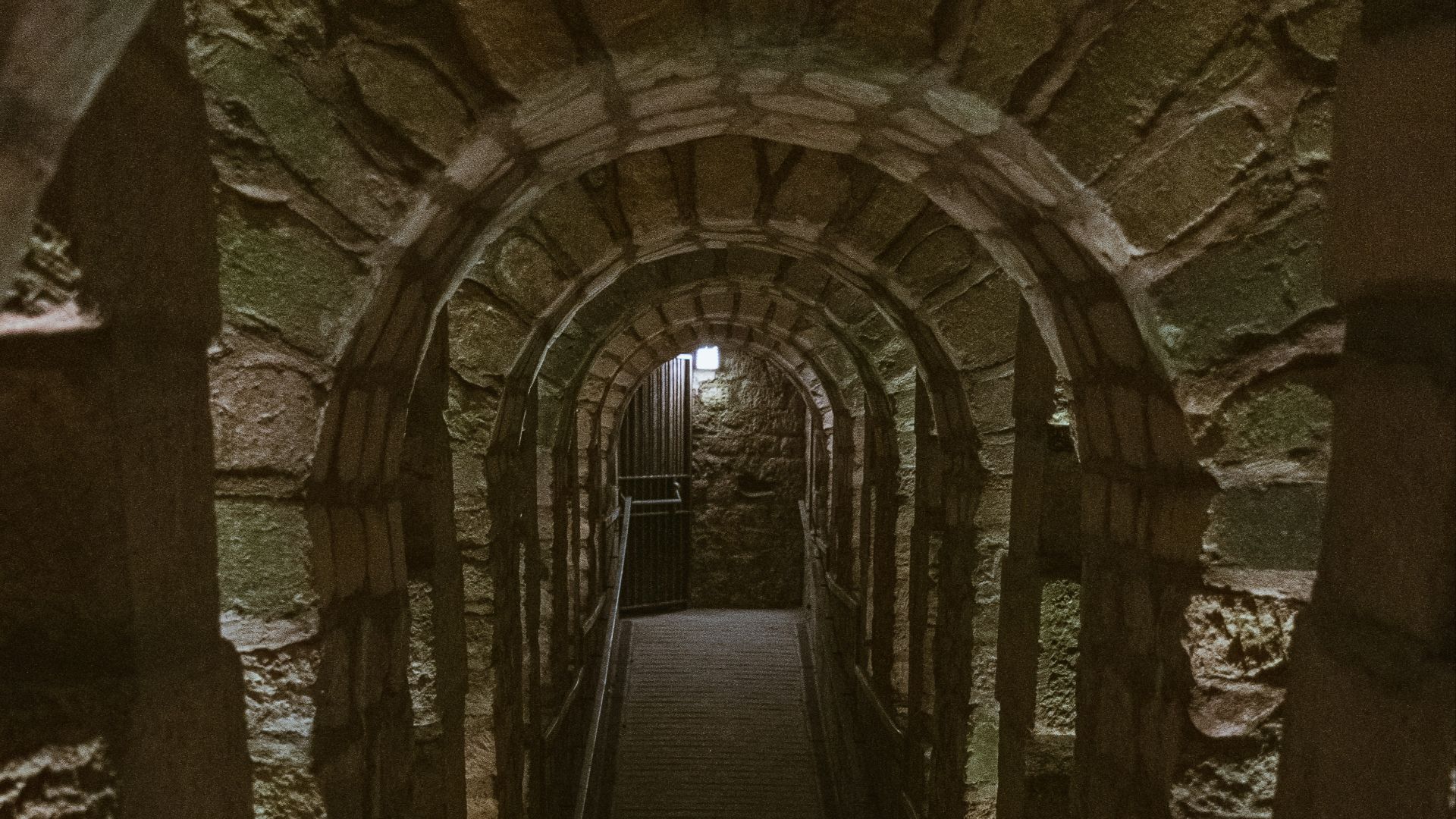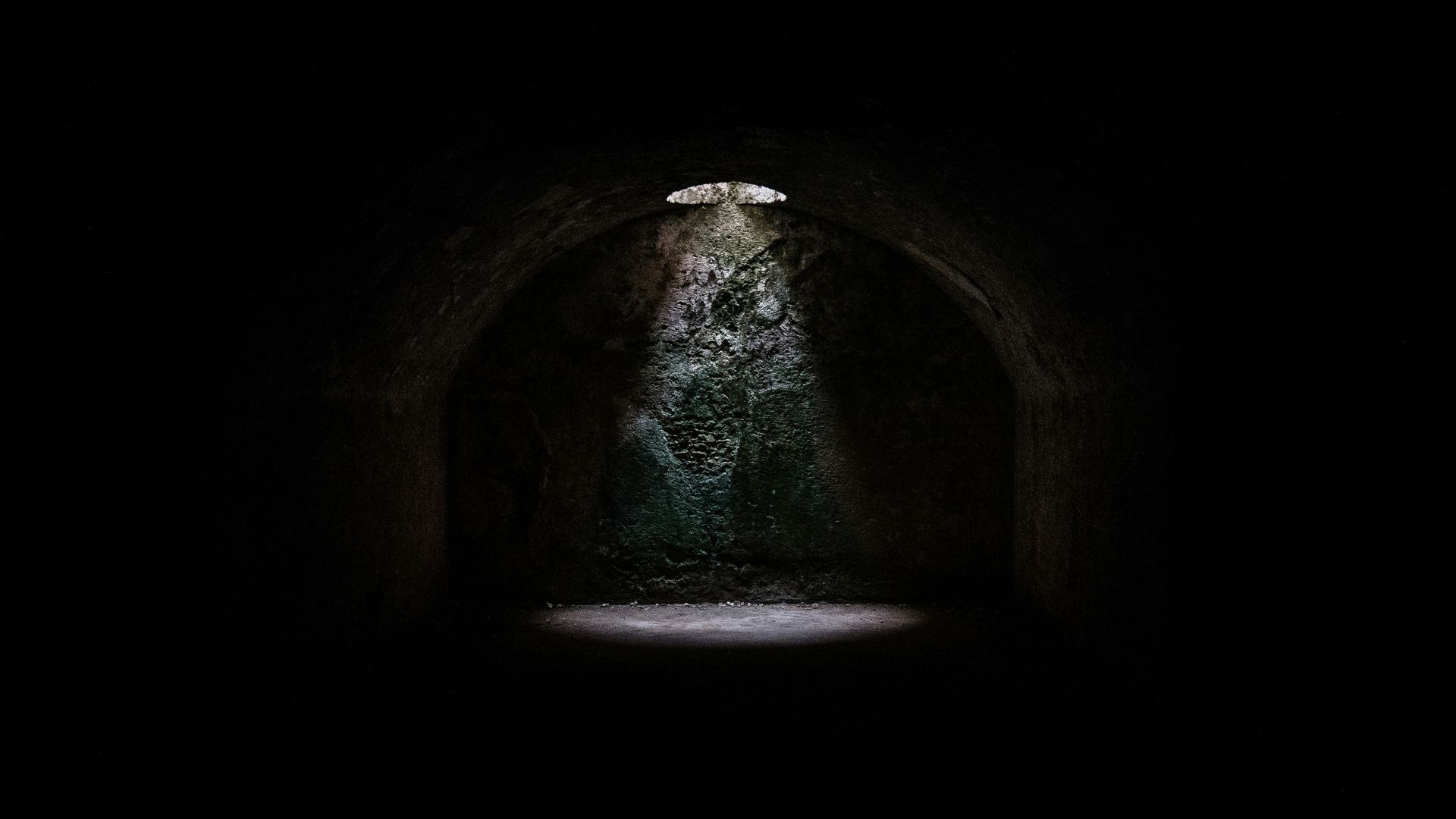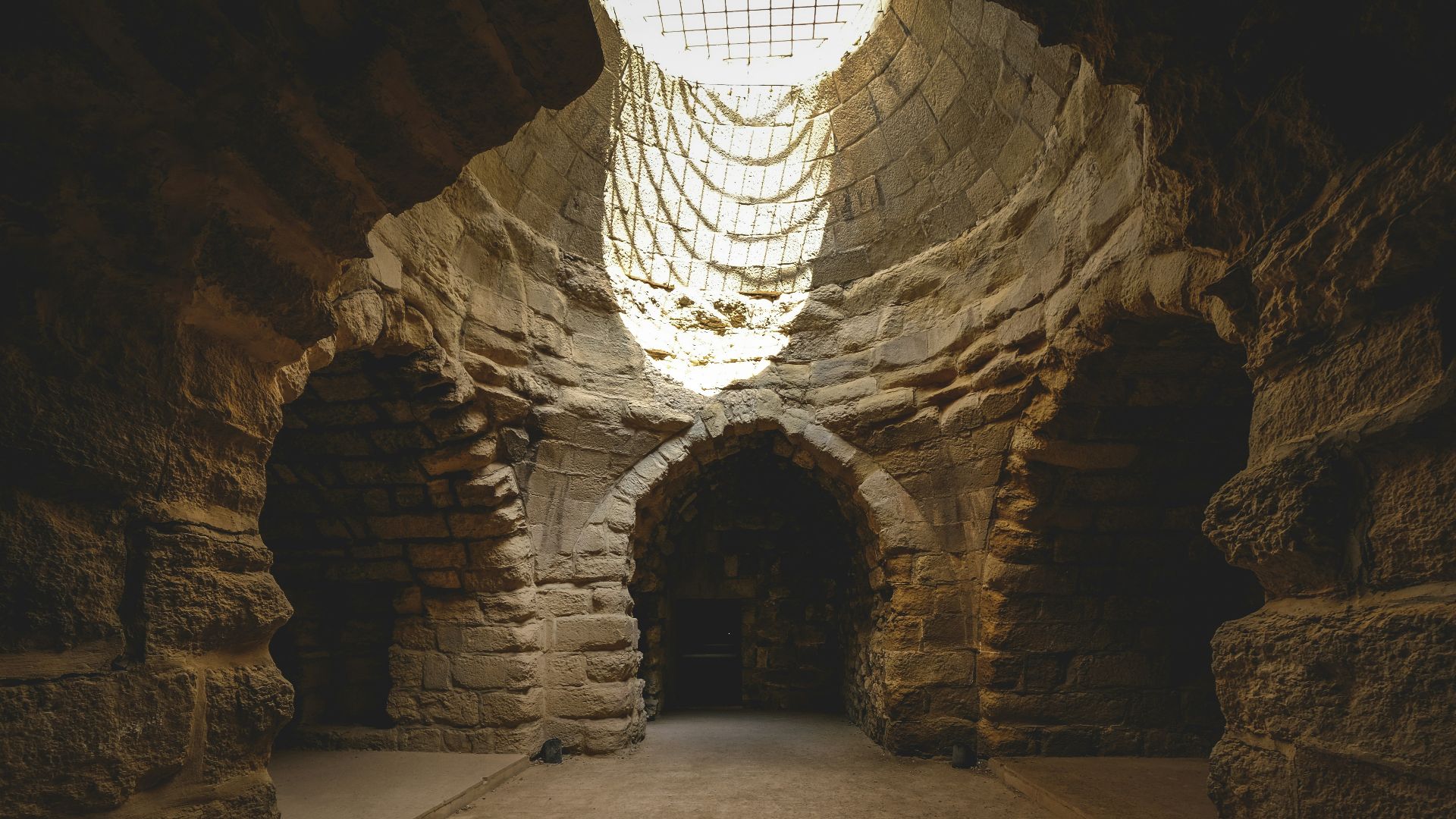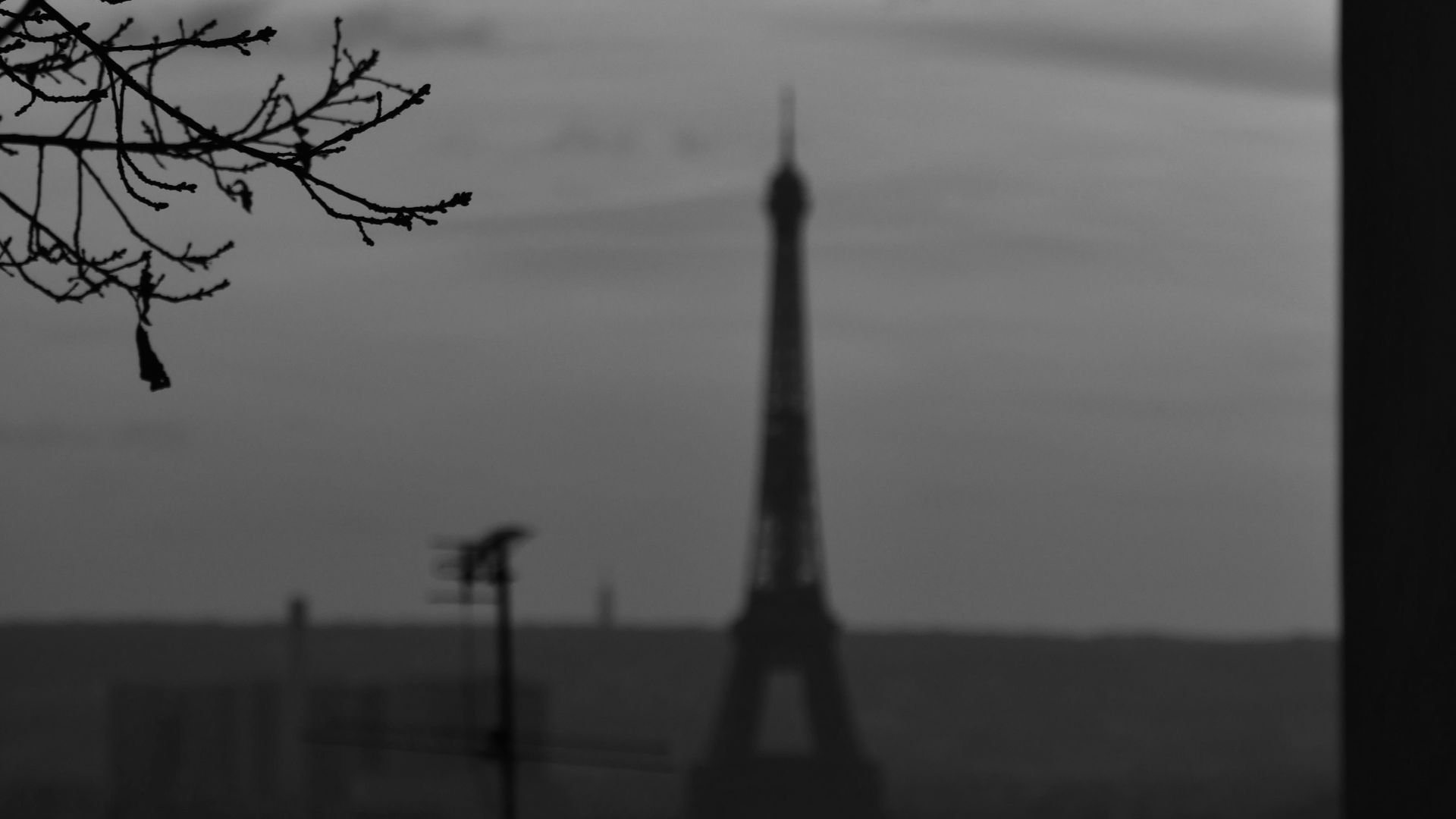Beneath Paris Lies a City of Bones: Everything You Need to Know About the Catacombs
A hidden world that few visitors ever imagine lies beneath the elegant boulevards of Paris. The bones of over six million souls lines an underground silent, shadowy labyrinth. The Paris Catacombs are one of the city’s most haunting and fascinating attractions. A network of ancient limestone quarries became a massive underground ossuary in the late 18th century, buried deep below the City of Lights. The Catacombs are a captivating blend of history, mystery, and artistry. A visit is both eerie and unforgettable! Here’s everything you need to know about the Paris Catacombs.
A Hidden World Beneath Paris: The Origins of the Catacombs
For centuries, the grand monuments and buildings of Paris, from Notre-Dame to the Louvre, were constructed using limestone quarried from beneath the city itself. These excavations left behind a maze of empty tunnels stretching underground for hundreds of kilometers. By the 18th century, however, Paris faced a new crisis: its cemeteries were dangerously overcrowded. The largest, the Cemetery of the Innocents, had become so full that bodies were spilling into neighboring cellars, creating unbearable odors and health hazards. In 1786, city officials decided to transfer the remains from these overflowing cemeteries into the abandoned quarries below. Over the next two decades, carts filled with bones rolled through Paris by night. The bones were carefully arranged in the tunnels, creating what would become one of the most unusual burial sites in the world. This subterranean ossuary, soon nicknamed Les Catacombes de Paris, turned a practical sanitation solution into a haunting monument to the city’s past.
The Art of Death: How the Bones Became Beautiful
At first, the Catacombs were a grim, chaotic mass of bones. Things changed under the supervision of Louis-Étienne Héricart de Thury, the inspector of mines in the early 1800s. Rather than leave the bones in piles, Héricart envisioned something both solemn and strangely elegant. He transformed the ossuary into a carefully designed, almost artistic space, arranging skulls and femurs into symmetrical patterns, walls, and even shapes like hearts and crosses. Walking through today, you’ll see these arrangements forming eerie corridors. The Catacombs were intended not to horrify, but to inspire contemplation. It was a place where Parisians of the Enlightenment could confront the fragility of life and the equality of all in death, noble and peasant, rich and poor, resting side by side in eternal quiet.
Illicit Adventures: The Secret Life of the Catacombs
Beyond the ticketed tunnels stretches a sprawling labyrinth of uncharted corridors, used for centuries by urban explorers who navigate the subterranean maze with flashlights, maps, and a sense of daring adventure. These secret wanderers have mapped hundreds of kilometers of abandoned quarries, some decorated with graffiti, makeshift bars, and even underground movie screenings. Over the decades, authorities have discovered hidden libraries, illegal parties, and art installations tucked deep in the shadows. Some explorers have even installed their own furniture and artwork, turning these forgotten passages into an underground city. THN Travel Tip: Keep in mind that venturing beyond the official tour is extremely dangerous and illegal.
What It’s Like to Visit Today
As you descend the narrow spiral staircase, the air grows cooler and damper. The bustling streets above fade into silence. The official route takes about an hour, winding through tunnels lined with meticulously arranged bones, plaques, and dimly lit corridors. The temperature hovers around 14°C (57°F) year-round, so a light jacket is essential, and comfortable shoes are a must, as the path can be uneven in spots. Tickets should be booked in advance online, as the Catacombs are one of Paris’s most popular hidden attractions. The entrance is located in the 14th arrondissement, at Place Denfert-Rochereau, where a stone sign ominously reads: “Arrête! C’est ici l’empire de la mort” (“Stop! This is the empire of the dead.”)
Cool Catacombs Facts That Will Give You Chills
A Secret Cinema Underground: Some visitors have secretly screened films in hidden chambers deep beneath Paris, turning the tunnels into an exclusive, underground movie theater.
Hidden Inscriptions from History: Look closely, and you might spot ancient markings left by quarry workers. Some date back hundreds of years, recording everything from measurements to personal messages.
Underground Lakes and Caverns: Beyond the ossuary, the Catacombs connect to natural underground caverns and tiny subterranean lakes, remnants of the limestone quarries that predate the ossuary.
A Phantom Station: In the 1800s, some tunnels were even linked to abandoned metro plans. Today, traces of a “phantom” underground train network remain, known only to a few explorers.
A Playground for Biologists: Surprisingly, the Catacombs are home to unique underground fauna, including bats, spiders, and rare fungi that thrive in total darkness.
The Catacombs in Pop Culture: The tunnels have inspired books, movies, and video games, from horror thrillers to Paris-based mysteries, making them one of the most atmospheric underground settings in art and literature. (THN Travel Tip: Check out the catacombs in the 2014 video game Assassin’s Creed Unity, 2023’s TV show The Walking Dead: Daryl Dixon, and the 2024 movie Under Paris.













